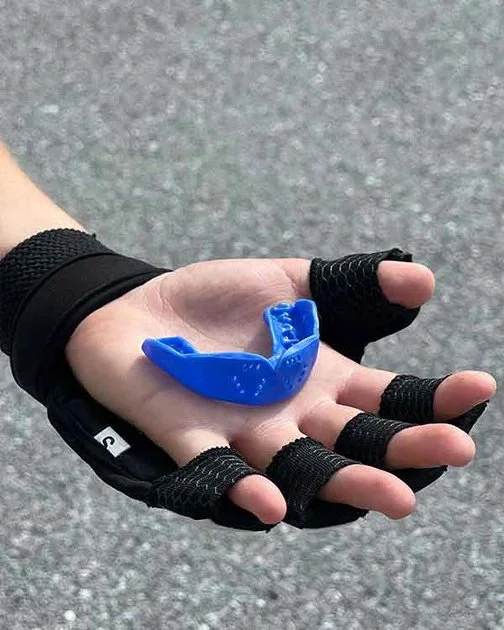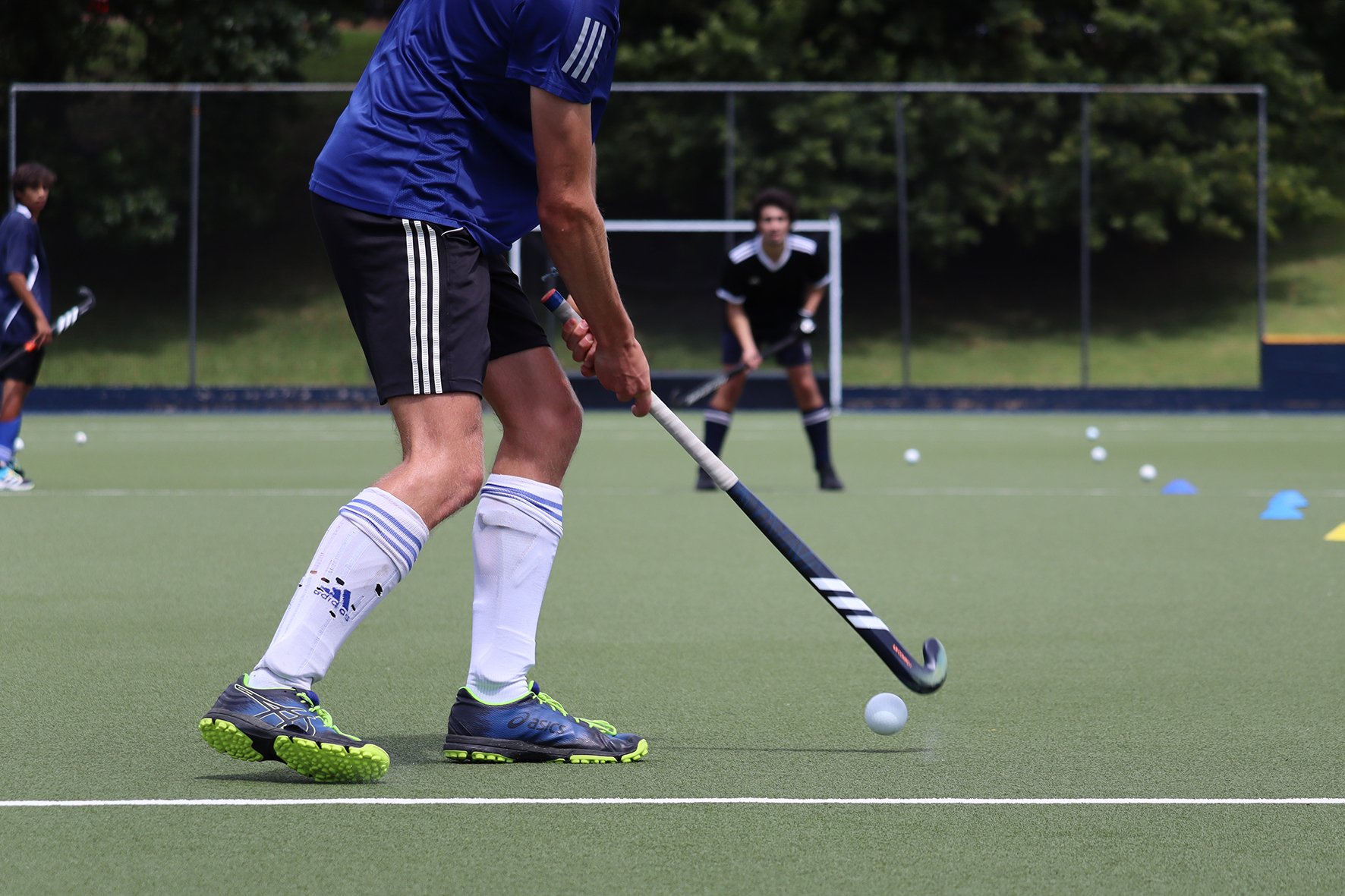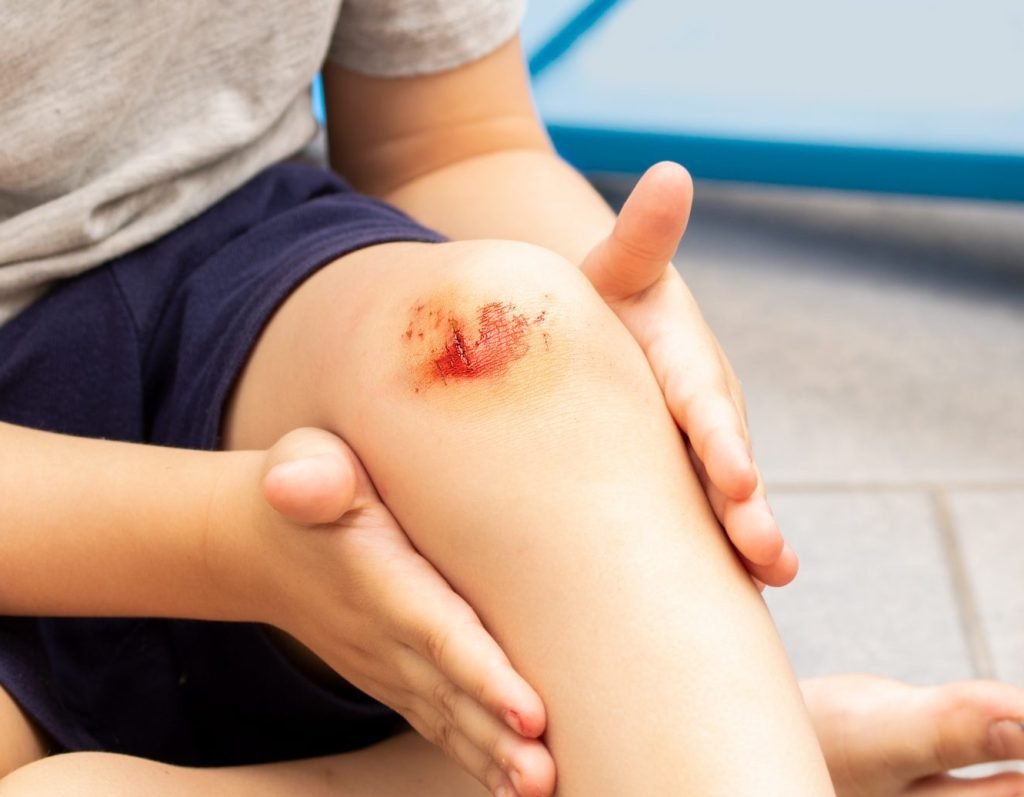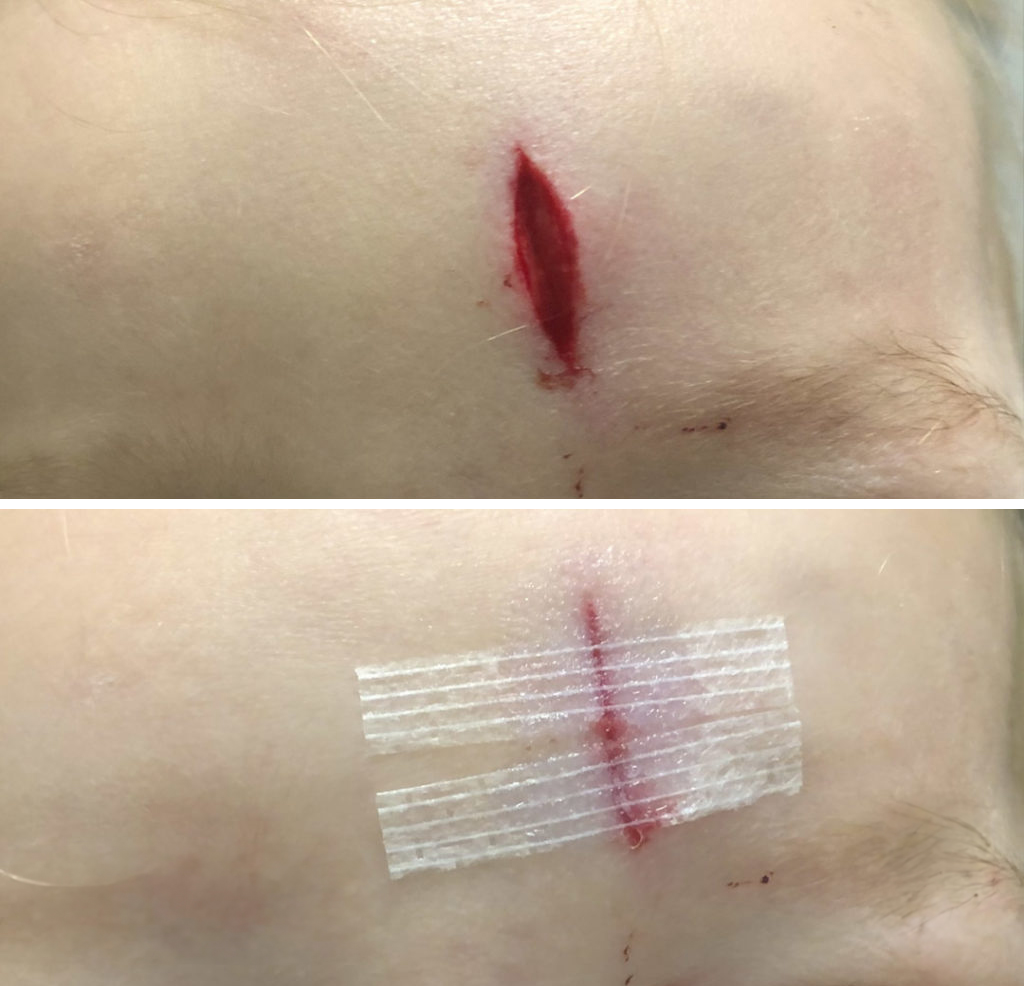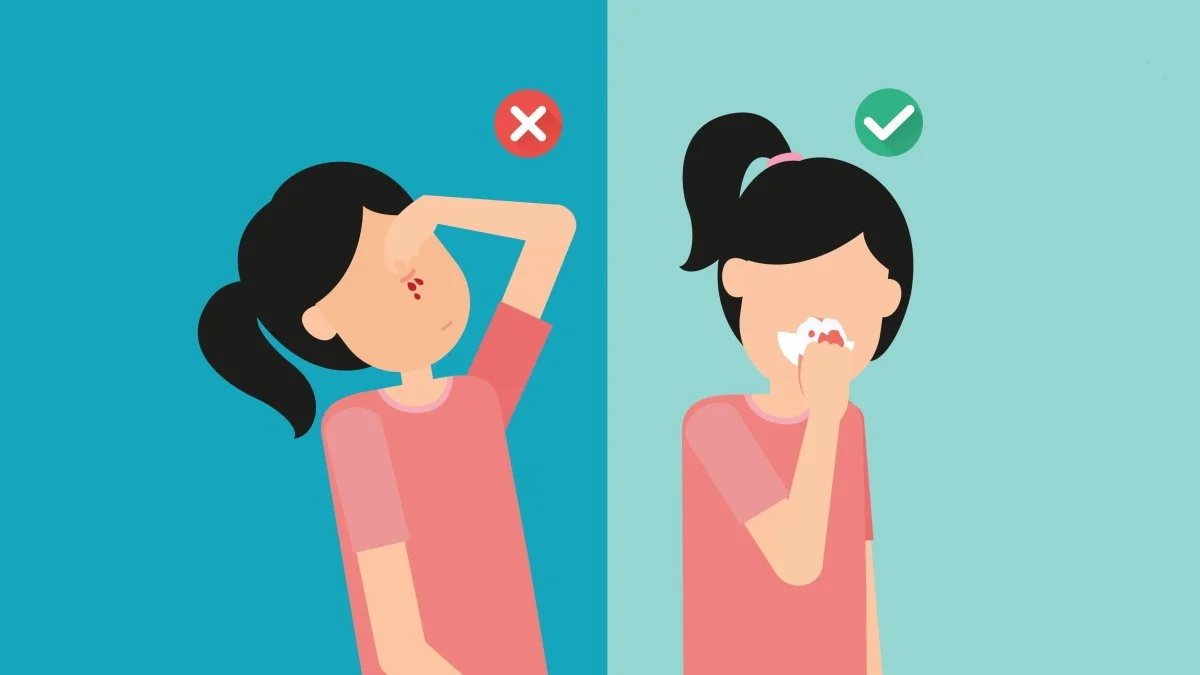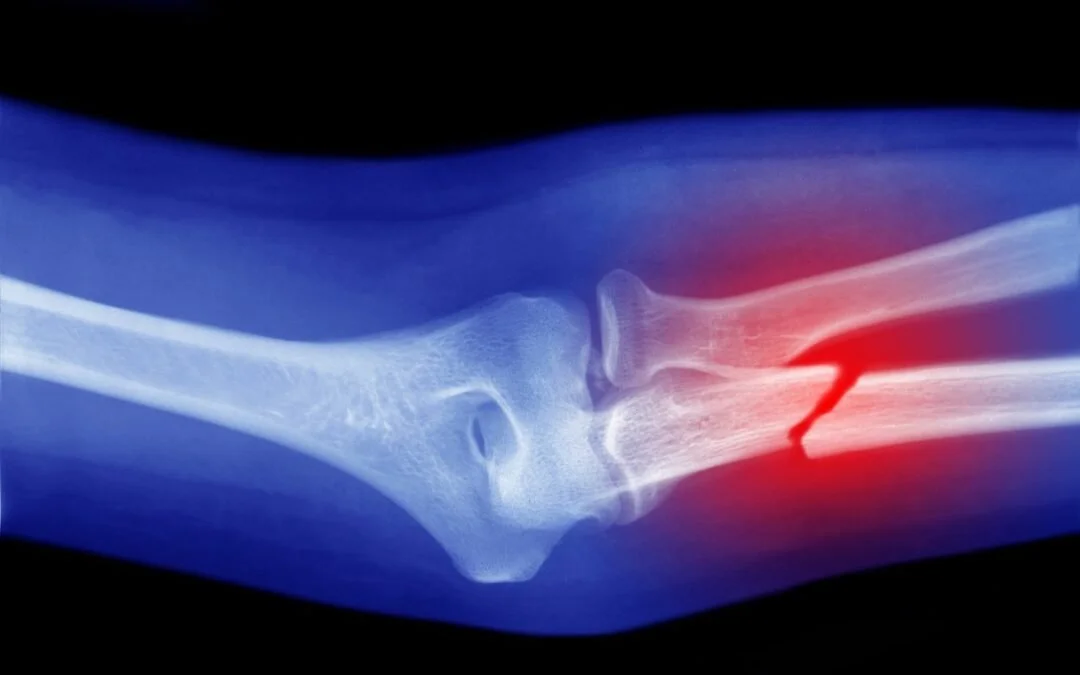First Aid
Prevention
Equipment
Mouth guards
Face shields
Boxes for PCs
Shin pads
Ensure Player Fitness
Is the player well - feverish sick or injured?
Should they be playing with recent injury
Technique
Job for coaches /referees
Ensure appropriate tackle techniques
Minor injuries
Soft tissue Injury
Rest
Ice
Compression
Elevation
Stop activity immediately an injury occurs.
Make an icepack by crushing some ice and placing it in a damp towel.
Apply ice pack to injured area for up to 20 minutes
Hold ice pack on the injured area with a bandage and elevate to reduce swelling.
Remove icepack after 10-20 minutes, apply compression bandage to injured area and maintain elevation.
Repeat ice treatment followed by compression bandage every 3 – 4 hours during the first 48 hours of the injury occurring.
After the initial 48 hours, if there has been an improvement introduce gentle
Wound care
Remember the skin is the biggest organ in the body
A wound is a break in the skin caused by a laceration (cut), abrasion (scrape), puncture, blister
Caring for you’re the wound is important to promote healing, avoid infection and minimize scarring.
Different types of wounds require different dressing products and care
Importantly All wounds are potentially at risk of developing an infection.
Abrasions
WOUND CARE
Clean and wash this in water – bugs on turf
Remove debris gently
Cover abrasion with a non stick dressing
A moist environment is best for healing/scaring
Cuticerin in pharmacies
Abrasions are painful Panadol may help
Lacerations
WOUND CARE
Stop the bleeding with firm pressure -Haemostasis.
Cleaning the wound with water.
Pain relief Panadol.
Skin closure- range of ways glue strips sutures.
Dressing follow-up advice
Blood nose
WOUND CARE
Apply firm gentle pressure on the fleshy part of the nose
Sit forward with pressure on nose
Do not swallow the blood as this may you feel sick or vomit
Continue applying pressure for 5-10 minutes
Place a cool towel damp towel over the bridge of your nose. This helps the blood vessels to contract and stop bleeding.
Fractures or broken bones
WOUND CARE
Hands are the most common broken bone in hockey
Immobilise –keep it still
Ice
Splint – may be required
Pain relief Panadol brufen
Hospital for Xray
Headache Confusion Dizziness
Nausea Vomiting Irritability
Depression Nervousness Visual disturbances
Impaired concentration
Impaired memory
Feeling drowsy
Balance problems Trouble sleeping Sensitivity to light or noise
Feeling 'slowed down' Feeling 'like in a fog'
Head Injury
Symptoms
Head Injury
Return to play
DON’T return to game after a significant head Injury on the same day
No activity, complete physical and mental rest for a minimum of 7 days. After this week and/or once symptom free for 48 hours,proceed to level 2.
Light aerobic exercise such as walking, swimming or stationary cycling.
No resistance training. NO CONTACT.
Sport specific training (e.g. running drills, ball handling skills). NO CONTACT
NON-contact training drills. May restart resistance training.
Full contact TRAINING after medical clearance
Game play
Early good management delays long term symptoms and enables return to sport
Major injuries
Collapses
Above all remain calm – the way you speak and tone is very important for children and team mates
Take your own pulse first!
Make sure you are safe – that the game has stopped
Assess if player is responding – say hello
Basic first aid
Call for help if no response 111

